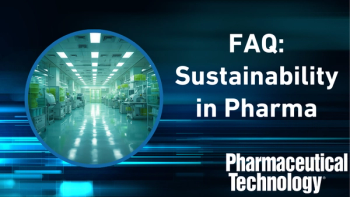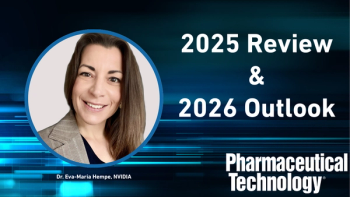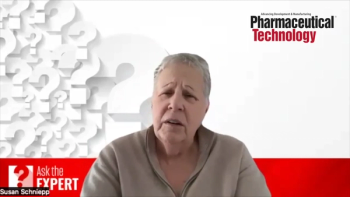
FDA Expands Scope of API Impurity Investigation
While downgrading the impact of nitrosamine impurities on patients, FDA vows to step up investigations for other drug types.
FDA lowered its estimate of the impact on patients of nitrosamine impurities in angiotensin II receptor blocker (ARB) drugs while expanding its investigation to other types of drugs that may have been manufactured using processes that pose a risk for forming genotoxic impurities.
In an Aug. 28, 2019 statement, Janet Woodcock, director of FDA’s Center for Drug Evaluation Research, reported that the risk presented by the presence of impurities in ARB drugs is “likely much lower than our estimates, which reflect a scientific assessment of the highest possible exposure.” In its initial estimate in November 2018, FDA said that if 8000 patients took valsartan drugs with the contaminant N-nitrosodimethylamine (NDMA) in the highest dose (320 mg) for four years, one additional case of cancer over the lifetimes of that group of patients may result.
The latest update from FDA lowered the risk to patients. “In reality, the vast majority of patients exposed to NDMA through ARBs received much smaller amounts of the impurity than this worst-case scenario, and, since not all ARBs are affected, it’s very likely that a patient taking an ARB for four years would not have always received one of the affected products,” Woodcock reported in the statement.
Gaps in supply chain information contributed to uncertainty about the scope of the recalls and affected patients, Woodcock reported. Lot numbers are not always listed on prescription bottles; pharmacists, doctors, and patients may have returned medicine that was not part of a recall. And, while manufacturers can estimate the number of products subject to recall in the distribution chain, they cannot determine the number of impacted patients.
“However, through our ongoing track and trace efforts for prescription drugs in the supply chain, we’re working on ways to improve industry’s ability to track, detect, and remove potentially dangerous drugs from the supply chain more rapidly and efficiently,” Woodcock said in the statement.
While
More oversight and investigations
Woodcock noted that the agency is continuing its investigation into the root cause of the impurities, is working with other regulatory authorities, and working with the International Conference on Harmonization (ICH) to publish guidance on controlling impurities in drugs.
FDA has also issued advisory actions, including a
FDA also plans to increase its inspection of API sites to include “enhanced evaluation of impurity controls, particularly when the manufacturing process may lead to the formation of a nitrosamine or when recycled raw materials can create unacceptable contamination,” Woodcock reported in the statement.
Woodcock pointed to a March 2018 guidance, M7(R1) Assessment and Control of DNA Reactive (Mutagenic) Impurities in Pharmaceuticals to Limit Potential Carcinogenic Risk, as one effort by regulatory authorities to address the known risks of certain drug manufacturing processes for forming genotoxic impurities.
“Now that we know some of the root causes of the nitrosamine impurity problem, we’re using these findings to inform our evaluation of medicines other than ARBs,” Woodcock wrote in the statement. “We are testing samples of other drugs with similar manufacturing processes. If we detect a problem, we will take appropriate action.”
Source:
Newsletter
Get the essential updates shaping the future of pharma manufacturing and compliance—subscribe today to Pharmaceutical Technology and never miss a breakthrough.




